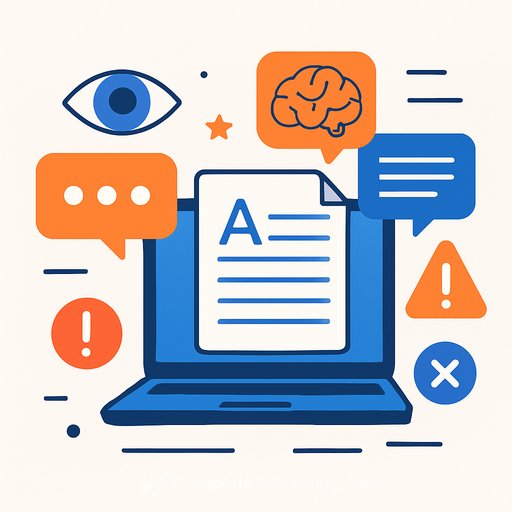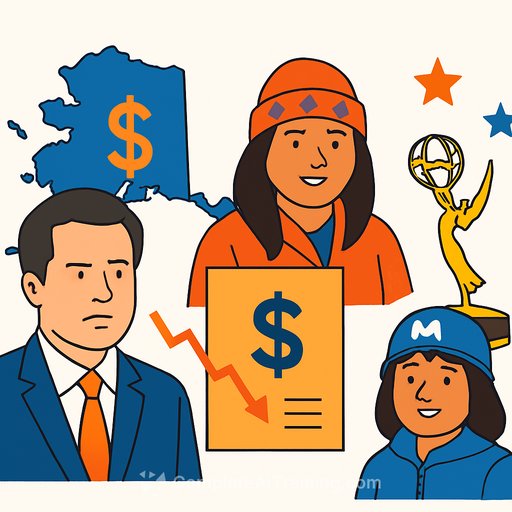Writers: AI will write confidently wrong. Don't let it cost you.
A top accounting firm agreed to partially refund a government after delivering a report packed with apparent AI-generated errors. The document included a fabricated quote from a federal court judgment and references to research papers that don't exist. It was pulled, revised, and republished after a university researcher flagged the mess in October 2025.
This is a textbook case of hallucination: large language models predict plausible text, and if they don't know, they still guess. Sometimes the lies are wild (think: claims about bears in space). The real risk is the subtle stuff-quotes that sound right and citations that look real.
Why this matters to working writers
Obvious nonsense is easy to spot; plausible nonsense isn't. A fake court quote that aligns with a policy angle can slip into a draft. If you don't check, you publish. Do that enough times and you lose client trust, credibility, and money.
Adopt "Verify, then trust."
As one engineering professor put it: "Verify, then trust." Treat AI like a fast intern with zero authority. Your byline carries the accountability, so build guardrails into your workflow.
Build a no-fabrication workflow
- No source, no sentence: If the model can't cite a primary source, don't use the claim. Period.
- Quote discipline: Copy quotes only from the original document, not from summaries. Compare word-for-word and save a screenshot/PDF snippet in your notes.
- Citation checks: Click every link. Test whether DOIs resolve. Search author names and journal titles to confirm they exist. Use Google Scholar and Crossref for verification.
- Context-only answers: Feed the model your research notes and instruct: "Answer only with provided context. If missing, say 'not in context.'" Don't let it roam.
- Two-pass fact audit: First pass by the writer, second pass by an editor. Check names, titles, dates, numbers, quotes, and links.
- Version control: Keep a source log per piece (links, files, dates accessed). If challenged, you can show your work.
Prompt patterns that reduce risk
- "If you are unsure or lack a source, reply: 'unknown' and stop."
- "Do not fabricate citations or quotes. If a claim lacks a primary source, mark it 'needs research.'"
- "List each claim with its source URL. If no primary source exists, label it clearly."
- "When quoting, provide the exact passage and page/section number."
Red flags of AI-made facts
- Citations that look perfect but lead nowhere, or link to the homepage of a journal instead of an article.
- Quotes without page numbers, section numbers, or docket references.
- Excessive confidence with zero specifics ("studies show," "experts agree").
- Journals you can't find on the publisher's site or indexes. Authors with no footprint.
A contract-safe production flow
- Draft: Use AI for outlines, structure, and language polish-never final facts.
- Research: Gather primary sources before writing claims. Save everything.
- Compose: Insert claims only with verified sources. Add in-text notes for every quote/stat.
- Fact audit: Run your two-pass check. Fix or cut anything unverifiable.
- Finalize: Re-verify links after layout. Lock a sources appendix for client records.
The takeaway
AI will make confident guesses to fill gaps. Your job is to remove the gaps or remove the claim. Do that consistently and you keep speed without paying for refunds, rewrites, or reputation damage.
Tools and training for writers
- Explore vetted AI tools for copywriting that fit a verify-first workflow.
- Level up prompts with practical prompt engineering practices that force the model to admit uncertainty.
Your membership also unlocks:






